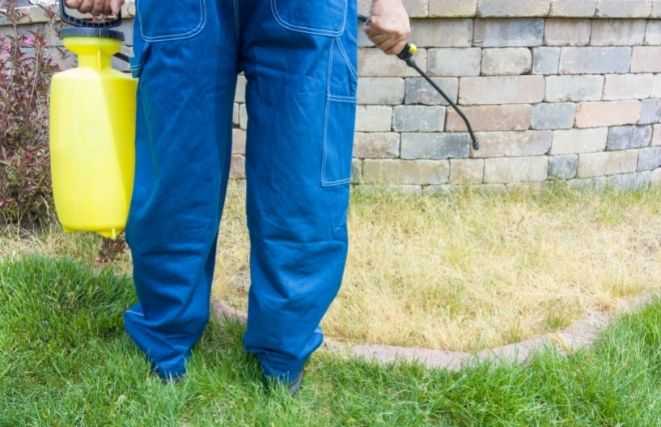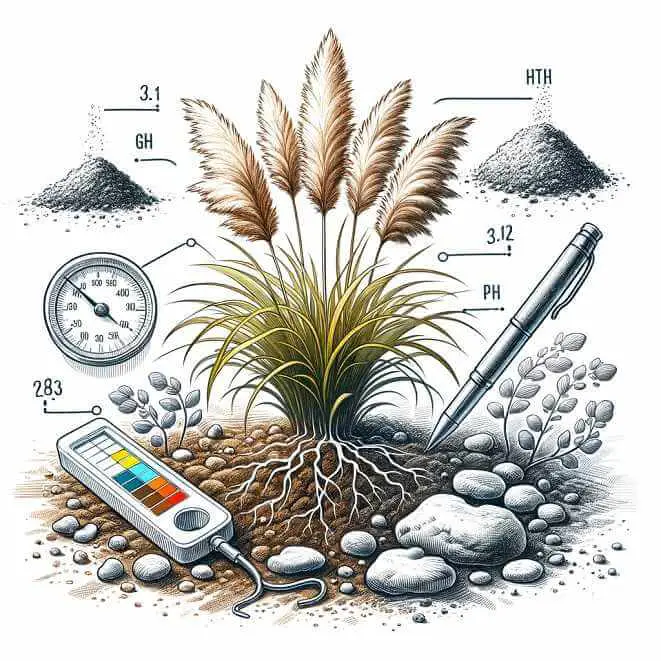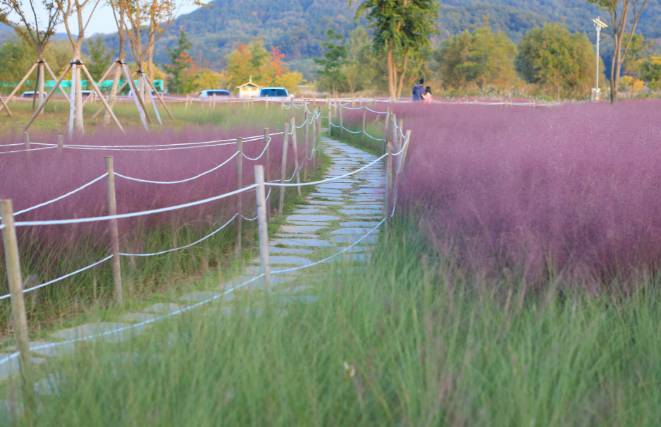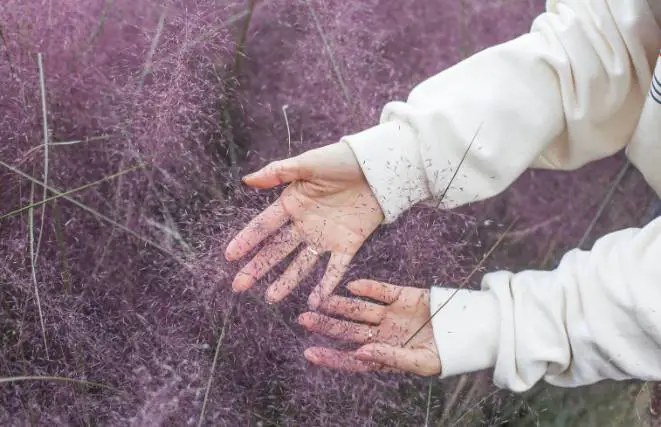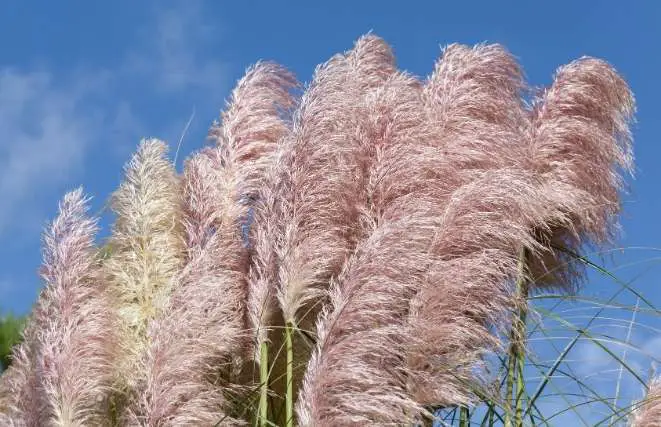Pampas grass is a large plant that is often invasive. The best way to get rid it is by cutting it down to the ground using some shears or a saw. Thereafter, you can use herbicides to ensure that the plant does not grow again.
Why Are Pampas Grass Plants so Invasive?
Pampas grass is propagated in many places for ornamental use. It can beautify any landscape, and its plumes are also ideal for fresh and dry flower arrangements. The white or pink flowers are very attractive and characteristic of the species.
You can propagate these from pampas grass seeds or by division. The plants also find use as a privacy screen because they are very tall and bushy. Despite all of these benefits, they are not the easiest to control.
Like most grasses, pampas grass is very fast-growing and resilient. This drought-resistant plant can grow to around 12- 14 feet in the short space of two to four years. Each plant can produce millions of tiny seeds each year, and these are easily spread miles away by the wind and other dispersal agents. Without proper containment processes in place, you may be looking at a massive takeover of an area by this ornamental grass.
Pampas grass grows easily, particularly in USDA regions 6 to 9. Once the plant starts to grow and take over an area, the other plants around it can suffer and die out. This action also affects any animal life that might have found food and shelter in the same space. In many places, pampas grass is classified as a weed. It is even banned for sale and propagation in places such as New Zealand, Australia, Hawaii, and Southern California.
Getting Rid of Pampas Grass
The grass can make for an enjoyable plant to have in your yard as long as you can keep it under control. The good news is that some methods that can help you prevent a takeover. It is very important to be careful when handling the leaves of the plant because you can easily get cut. It is best to use some gloves and wear long sleeves.
To deal with the part of the plant that is above ground, you can use a sharp pair of shears or a saw to cut this down to the ground. You can then burn these leaves and flowers. Alternatively, you can place the foliage in a bag for disposal in a landfill. Another option is to burn down the plant to the ground. This method can work well particularly when the foliage is dry in the spring or early wintertime.
Once you have removed the leaves and flowers of the grass, you should not forget about the part of the plant that is beneath the soil. Pampas grass has an extensive root system so you may not be able to dig it up completely.
To increase your chances of success, you can use an herbicide to treat the ground and prevent the grass from growing up again in the same space. It might be necessary to apply more than one herbicide treatment to the ground.
If you don’t want to eliminate the entire plant but only want to restrict it, there are a few ways to do so. You can plant the grass in a container to limit how far the root system is going to grow. Another method is to plant the grass in a raised bed with concrete or tile borders. There are also dwarf pampas grass varieties that are sterile and, therefore, do not produce seeds.
Conclusion
Getting rid of pampas grass can be challenging, but it is possible. The best approach is to use both physical and chemical methods to make sure that the grass does not resurface.
Hopefully, my article make this task less daunting. Good luck!

